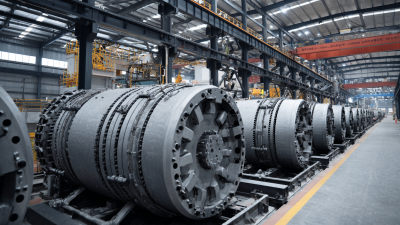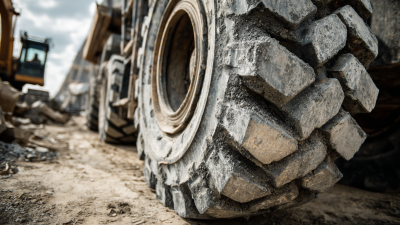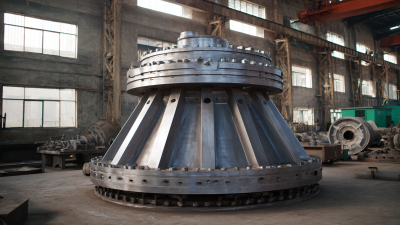
-
Home
-
About Us
-
Products
-
News
-
Blog
-
Contact Us
Leave Your Message

In modern mining operations, the efficiency of mineral processing is paramount, and the role of Ball Mill and SAG Mill Liners is critical in achieving optimal performance. According to the Global Mining Review (2021), the right liner configuration can enhance mill performance, impacting both throughput and wear rates significantly. For instance, studies have shown that utilizing advanced liner materials can lead to a reduction in mill downtime by up to 30%, thereby saving operational costs and increasing productivity. Moreover, the implementation of properly designed mill liners can improve the overall energy efficiency of the grinding process, which accounts for approximately 40% of the total energy consumption in mining operations, as reported by the International Journal of Mineral Processing (2022). This article aims to explore how to maximize efficiency through the strategic selection and management of Ball Mill SAG Mill Liners, ultimately contributing to enhanced operational success in the mining sector.
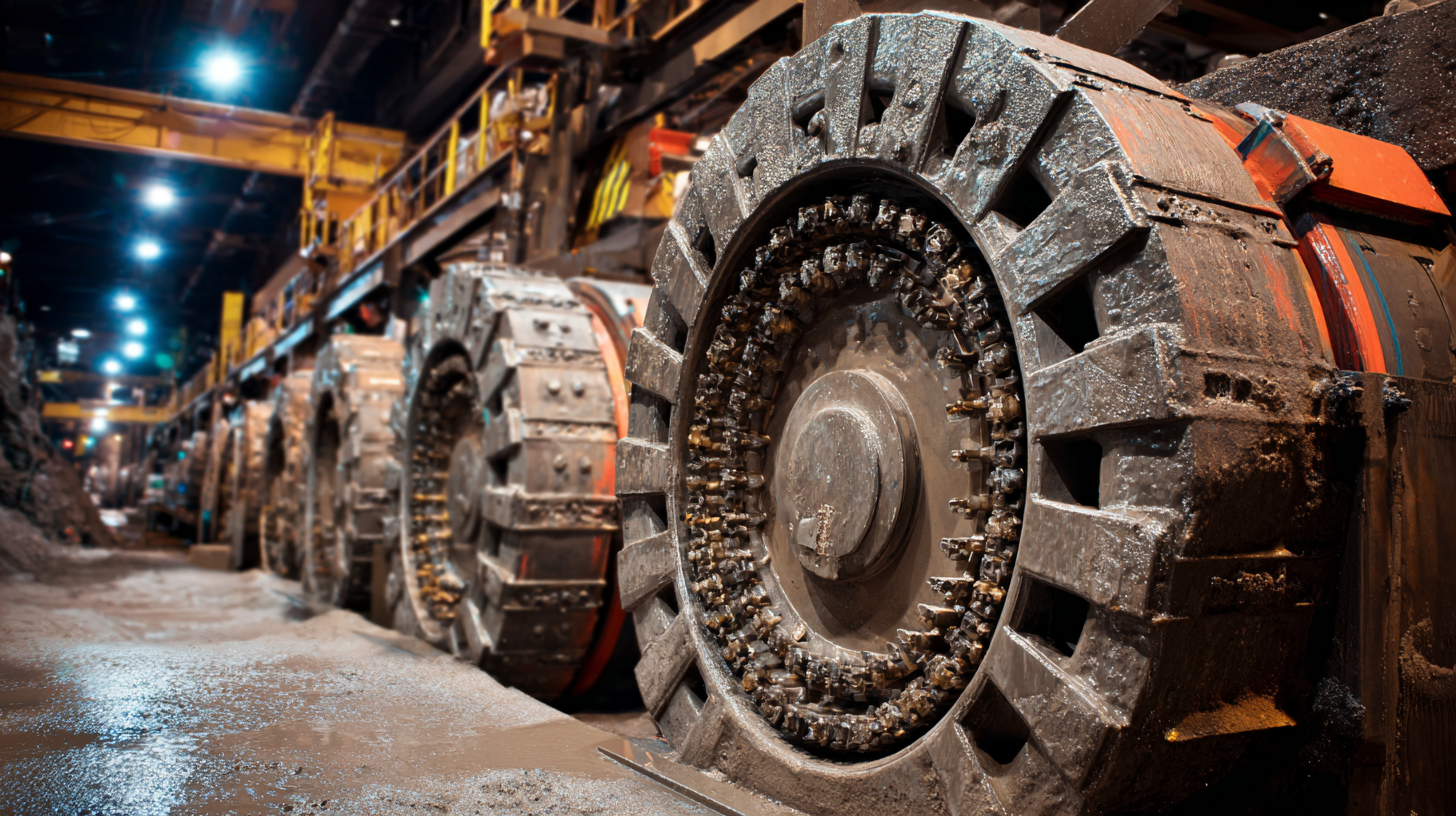
The design of liners in ball mills and SAG mills is critical to maximizing throughput and efficiency in modern mining operations. Specifically, the profile of liner design plays a vital role in influencing the grinding rates within the mills. As the liner wears over time, it not only impacts the overall performance of the milling process but also affects the timing and method by which lifters are replaced. For instance, lifters are often changed when wear reaches a certain threshold that begins to adversely impact grinding efficiency, resulting in the need for a careful balancing act between maximizing liner life and maintaining optimal grinding speeds.
Increased grinding efficiency enabled by well-designed liners can lead to significant reductions in operational costs, allowing mills to run at lower speeds while still achieving desired production levels. This has profound implications for energy consumption, with potential reductions of up to 40%, which also contributes to the overall reduction of CO2 emissions associated with mining operations. Understanding the intricate relationship between liner design, wear, and mill performance is essential for optimizing milling processes and enhancing productivity in the competitive mining industry.
| Parameter | Ball Mill Liner Type | SAG Mill Liner Type | Impact on Performance |
|---|---|---|---|
| Wear Resistance | High Chrome Alloy | Steel | Increased lifespan and reduced downtime |
| Thickness | 50 mm | 70 mm | Optimal grinding performance |
| Profile Design | Wave | Spiral | Enhanced charge motion |
| Material | Rubber | Composite | Better impact absorption |
| Cost | $150/ton | $200/ton | Cost-effective in long term |
In modern mining operations, the demand for metals and minerals is soaring, driven by a global shift towards clean energy and the increasing need for rare earth elements. As industries seek to harness materials like Copper, Lithium, Nickel, and Cobalt, the efficiency of mining processes becomes paramount. This is where the role of SAG mill liners comes into play. Their design and material can significantly impact the operational efficiency and cost-effectiveness of mills, ultimately affecting the bottom line for mining companies.
Tip: When selecting SAG mill liners, consider investing in high-quality materials that offer greater durability and resistance to wear. A longer lifespan can lead to reduced maintenance costs and improved productivity.
Moreover, conducting a thorough cost-benefit analysis of SAG mill liners is essential for optimizing mining operations. Although the initial investment may be higher, the long-term savings through increased efficiency and reduced downtime can outweigh these costs.
Tip: Regularly monitor and evaluate the performance of the liners used in your operations to make data-driven decisions on replacements or upgrades, ensuring that you maintain a competitive edge in the market while meeting the soaring demand for essential minerals.
The selection of materials for ball mill and SAG mill liners is crucial for optimizing the performance and lifespan of these essential components in modern mining operations. Studies indicate that the right liner materials can significantly enhance wear resistance and reduce operational costs. For instance, a report by the Mining Magazine highlights that using high-chromium cast iron can increase liner lifespan by up to 30%, translating to fewer replacements and lower downtime for mills.
In addition to high-chromium alloys, companies are increasingly exploring composite materials that combine the benefits of rubber and metal. According to an industry analysis by the Global Mining Review, these composite liners can provide improved impact resistance and reduced weight, leading to enhanced grinding efficiency. The use of such advanced materials not only results in extended liner life but also contributes to better overall energy efficiency in milling operations, as lighter liners require less energy to operate. This strategic material selection is vital for maximizing operational efficiency and sustainability in the competitive mining sector.
This chart illustrates the average lifespan of different types of liners used in Ball Mills and SAG Mills based on material selection. Proper material selection is crucial for optimizing the lifespan and efficiency of mining operations.
In modern mining operations, the efficiency of mills is paramount, with mill liners playing a crucial role in optimizing performance. Advanced liner technologies enhance the grinding process by improving wear resistance and facilitating better material flow. This leads to lower operational costs and increased throughput, making it essential to evaluate these efficiency metrics closely.
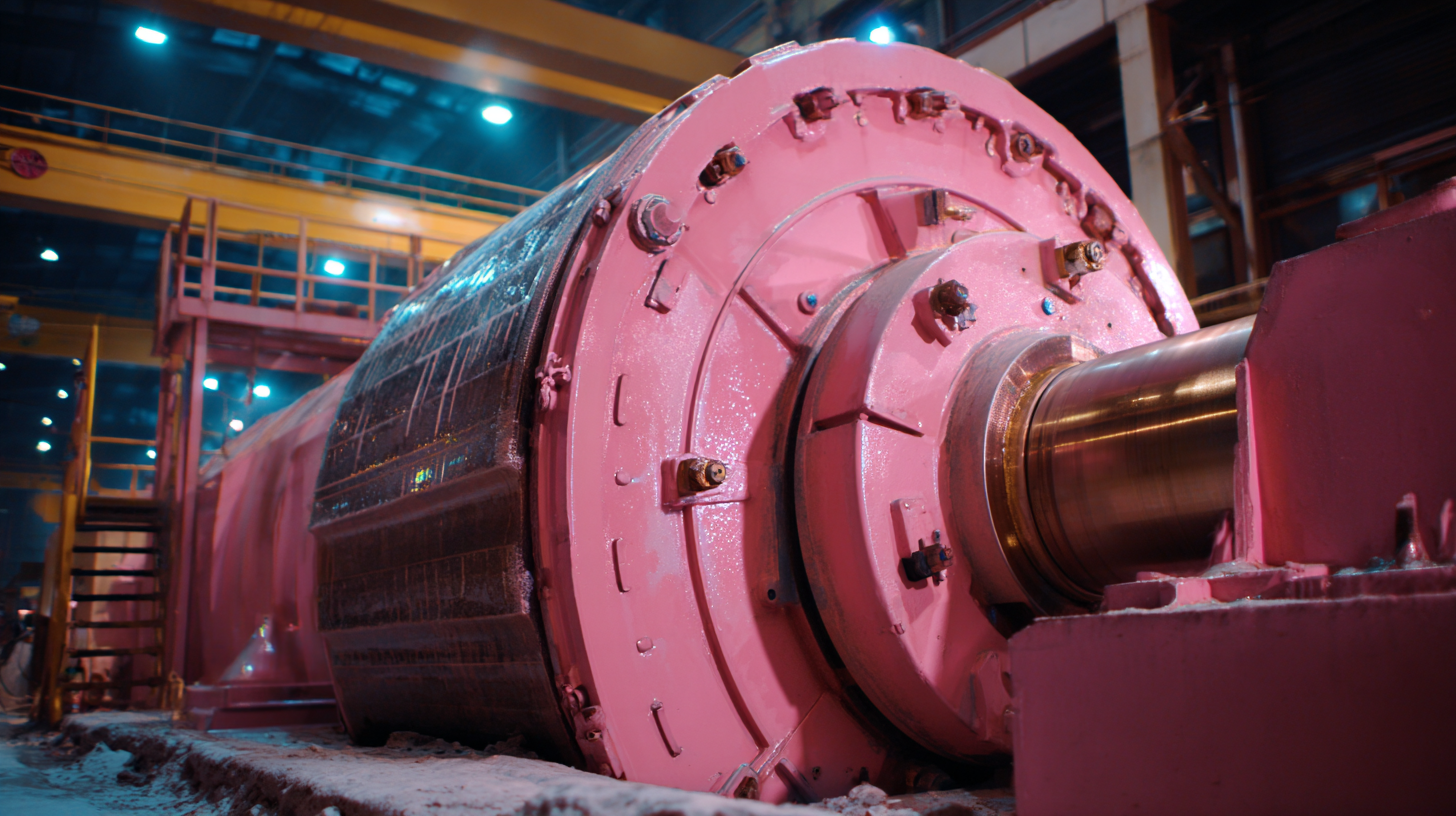
To maximize mill performance, consider implementing these tips: First, regularly assess the wear condition of mill liners to ensure they are operating at peak efficiency. Prompt replacements not only maintain performance but can also prevent expensive downtimes. Second, invest in advanced recycling options for worn liners to reduce environmental impact while simultaneously lowering costs associated with new liner production. This is becoming a standard in the industry as operations seek sustainable practices.
Furthermore, utilizing simulation tools can provide insights into milling processes, allowing for more informed decisions. Simulation enables operations to model different scenarios, thereby identifying optimal conditions for maximum efficiency. By taking a strategic approach to mill liner selection and maintenance, mining operators can unlock hidden profitability and ensure long-term sustainability in their operations.
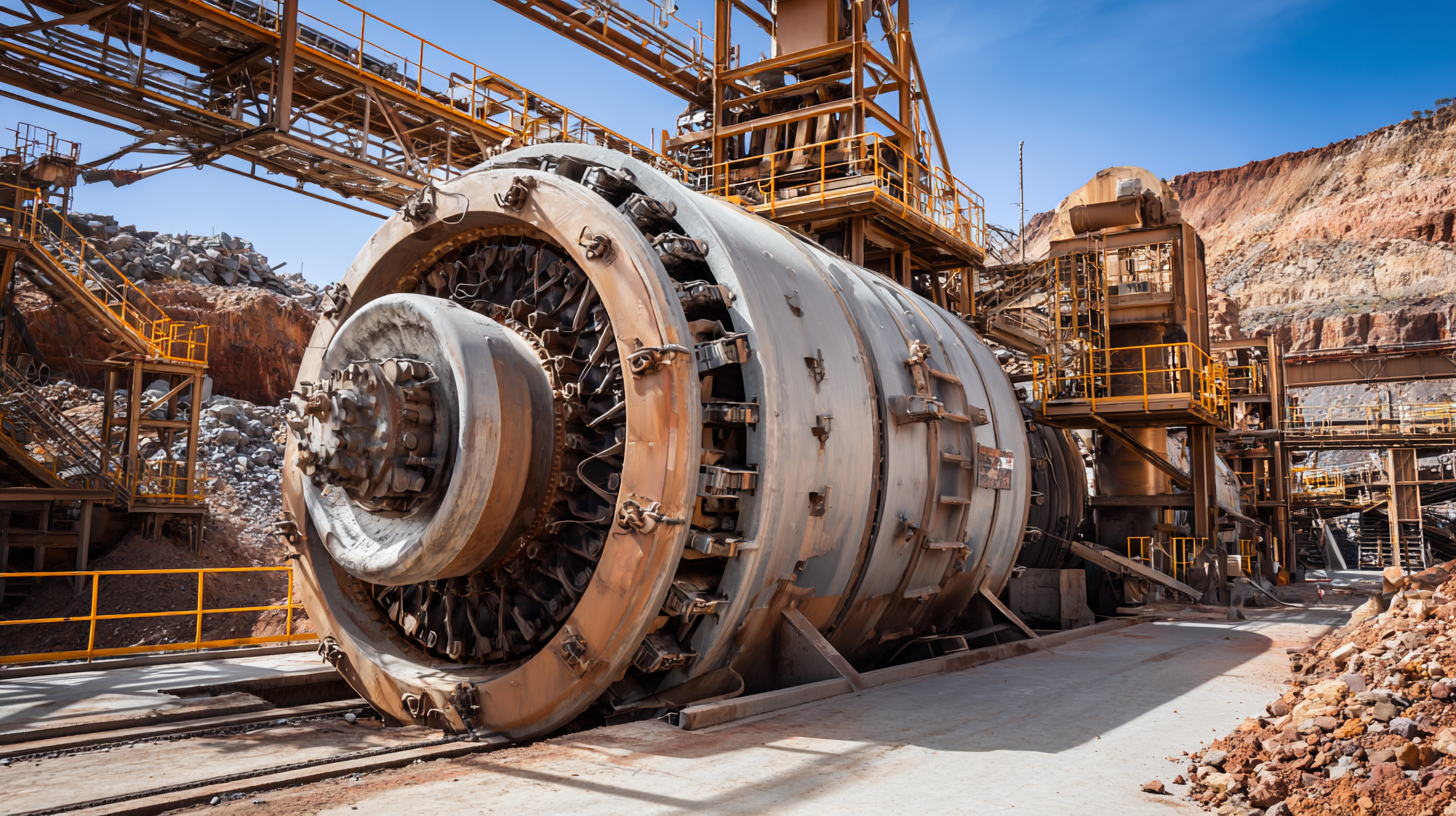 Maintaining mill liners is crucial for minimizing downtime and enhancing the efficiency of modern mining operations. Regular inspections using advanced technologies can identify wear and tear before it leads to significant failures. Implementing predictive maintenance schedules based on the operational data of the mill can help operators replace liners at optimal intervals, ensuring that the equipment operates at peak capacity. Training personnel to recognize signs of liner degradation fosters a proactive approach, which is essential for maintaining seamless operations.
Maintaining mill liners is crucial for minimizing downtime and enhancing the efficiency of modern mining operations. Regular inspections using advanced technologies can identify wear and tear before it leads to significant failures. Implementing predictive maintenance schedules based on the operational data of the mill can help operators replace liners at optimal intervals, ensuring that the equipment operates at peak capacity. Training personnel to recognize signs of liner degradation fosters a proactive approach, which is essential for maintaining seamless operations.
Another best practice involves selecting the right materials for mill liners. Different mining environments present unique challenges, and the liner material must be chosen accordingly to withstand the specific wear conditions. Utilizing rubber or ceramic liners, for instance, can reduce noise levels and improve the overall lifespan of the mill. Additionally, engaging in collaborative partnerships with liner suppliers may yield valuable insights into the latest technologies and innovations that can further enhance liner performance, thus driving productivity and reducing downtime.
